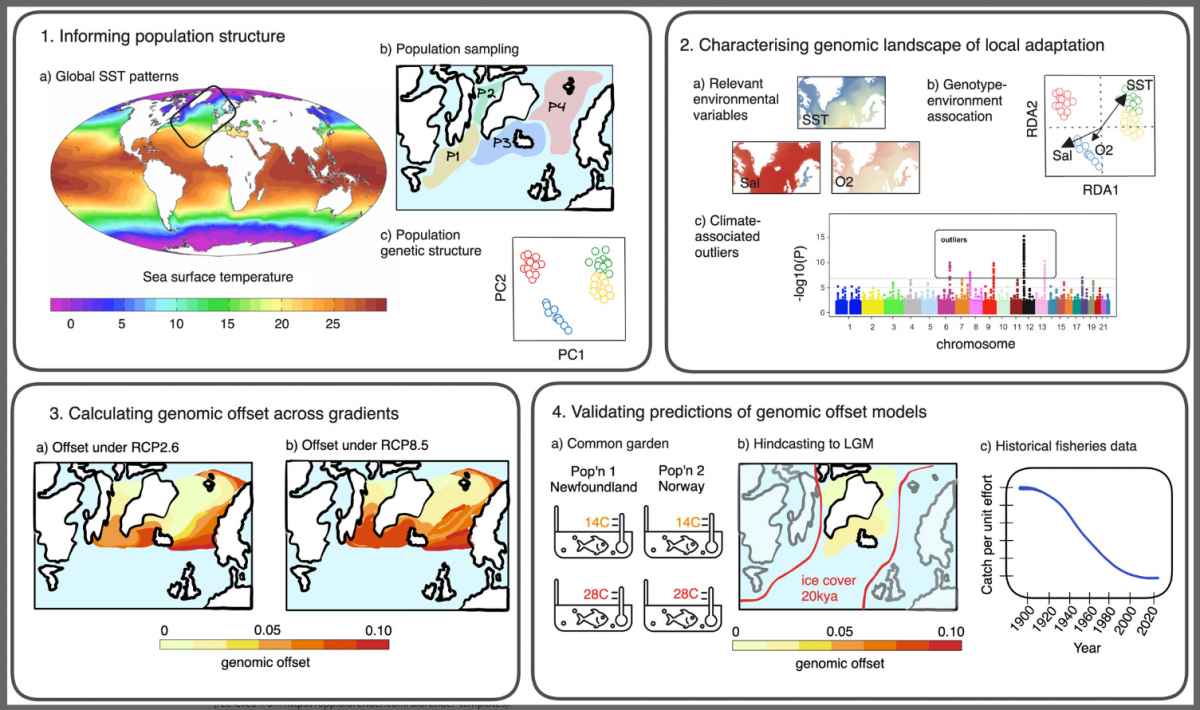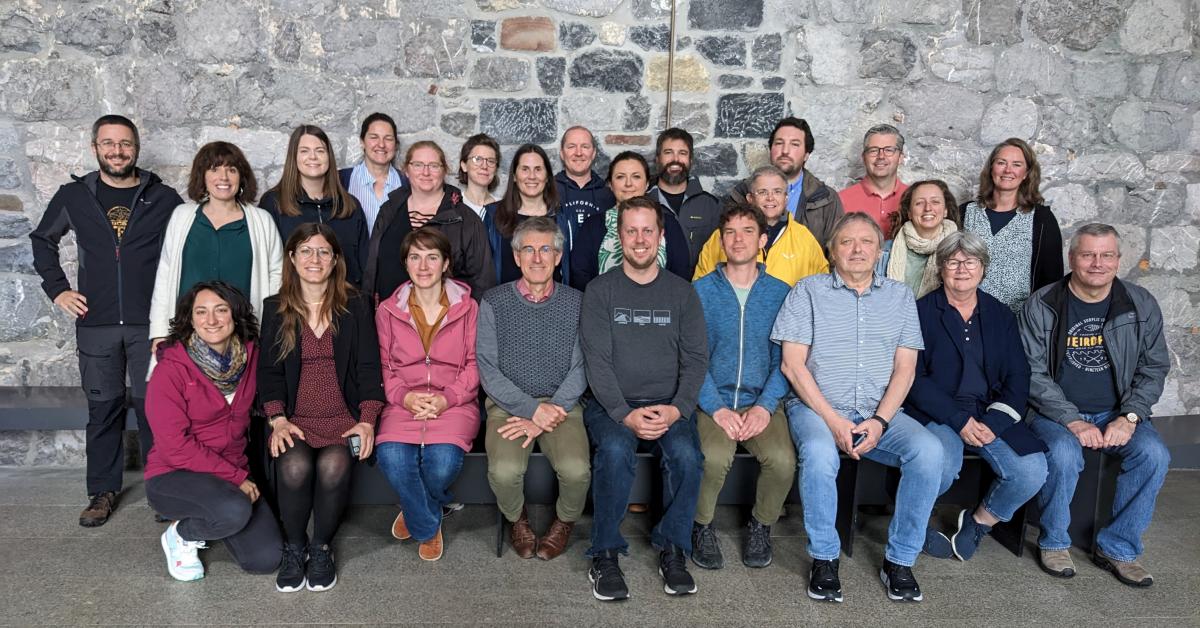Can the genome of marine species help us predict the future of the oceans?
MARE researcher Gonçalo Silva took part in the preparation of the article "Predicting the future of our oceans - Evaluating genomic forecasting approaches in marine species", published in the scientific journal Global Change Biology last March. The MARE researcher's participation was part of an ICES group - Working Group on the Application of Genetics in Fisheries and Aquacultures.
"Information on marine organisms is still very scarce compared to the terrestrial environment. In this article we propose a multidisciplinary approach that integrates genomics and modeling tools, with the aim of estimating more accurately the effect of climate change on the distribution of marine organisms," explains Gonçalo Silva

Climate change is restructuring biodiversity at various scales, so there is a constant need to understand the ecological and genomic consequences. Marine species and the fishing activities that depend on them are extremely vulnerable to climate change. For this reason, there is a great need for an assessment, taking into account recent advances in the field of eco-evolutionary genomics. This approach has sought to include evolutionary processes in predicting species' responses to climate change.
Thus, the research that led to the article consisted of a compilation of knowledge on the genomic basis of adaptation in marine species, followed by a discussion of the few examples in which genomic prediction has been applied in marine systems. In addition, the researchers identified the main challenges in validating genomic compensation estimates in marine species, advocating the inclusion of historical sampling data and retrospective predictions in the validation phase.
This study allowed the researchers to develop a "standard operating procedure", describing how to generate compensation estimates and modify workflows in the face of budgetary and time constraints, to guide marine managers in incorporating these forecasts into the decision-making process.

To access the article click HERE
